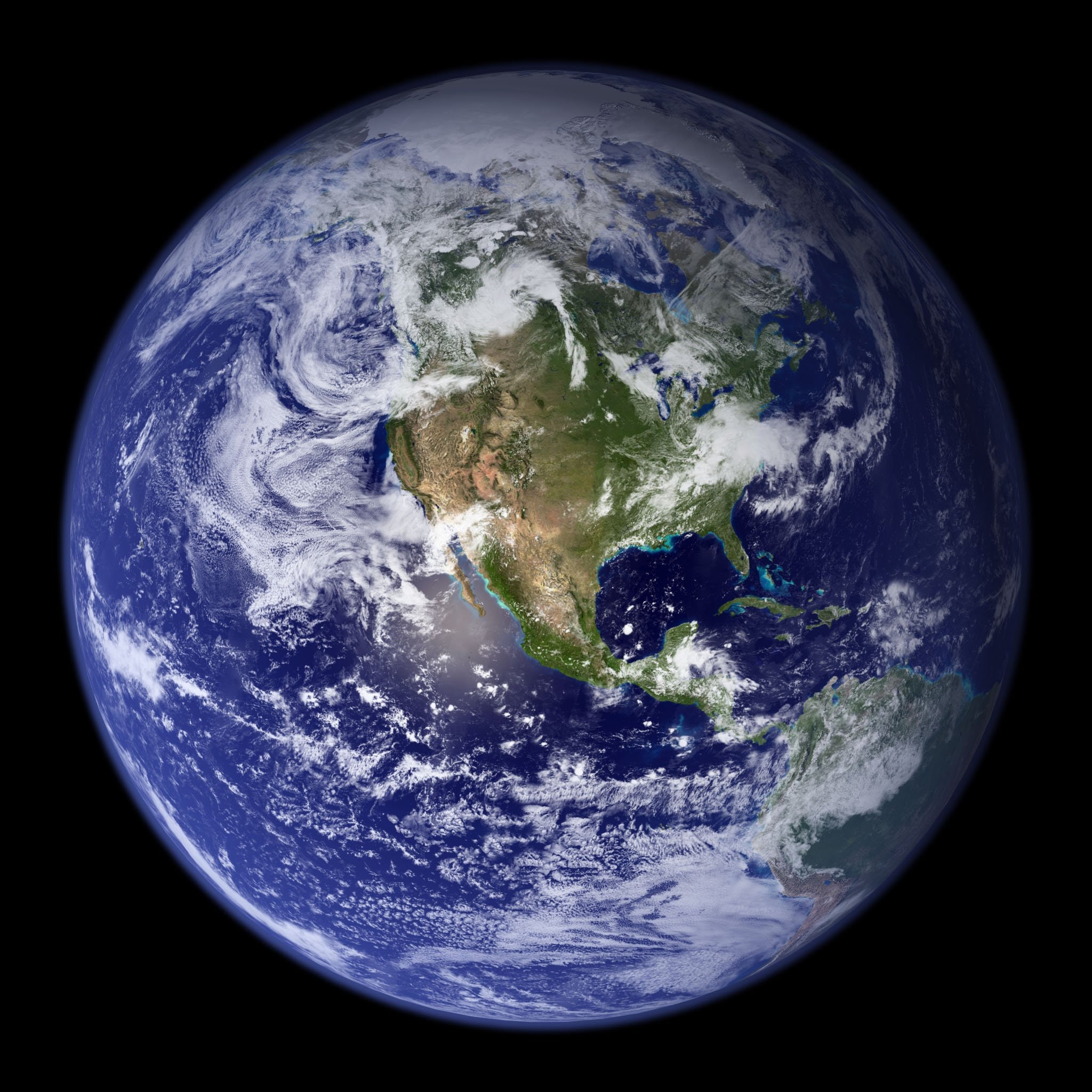Earth – The Blue Planet
Planet Earth has been called the “Blue Planet” because a large portion of its surface is covered by water. On Earth, we take liquid water for granted, however, liquid water is a rare commodity in our solar system.
In this activity from The Rocky Shore Curriculum, students will discover how much ocean covers the Earth’s surface. They will collect data while tossing an inflatable globe back and forth to each other. Students will then analyze their data and interpret the results.

Watersheds
A watershed is a land area that channels rainfall and snowmelt to creeks, streams, and rivers, and eventually to outflow points such as reservoirs, bays, and the ocean. The word watershed is a geographical term describing the area from which water sources drain into a ridge which sends water on its way to the ocean.
Students will build a model of a single watershed and observe the flow of rainwater after it hits the tops of two mountains and how it carries sediments, nutrients, and pollutants into streams, rivers, and eventually the ocean.
Water Cycle
Water is essential to life on Earth. In its three phases (solid, liquid, and gas), water ties together the major parts of the Earth’s climate system — air, clouds, the ocean, lakes, vegetation, snowpack and glaciers.
The water cycle shows the continuous movement of water within the Earth and atmosphere. It is a complex system that includes many different processes. Students will write a story about the cyclical path of a single water droplet before constructing a bracelet of beds that represent each phase.

